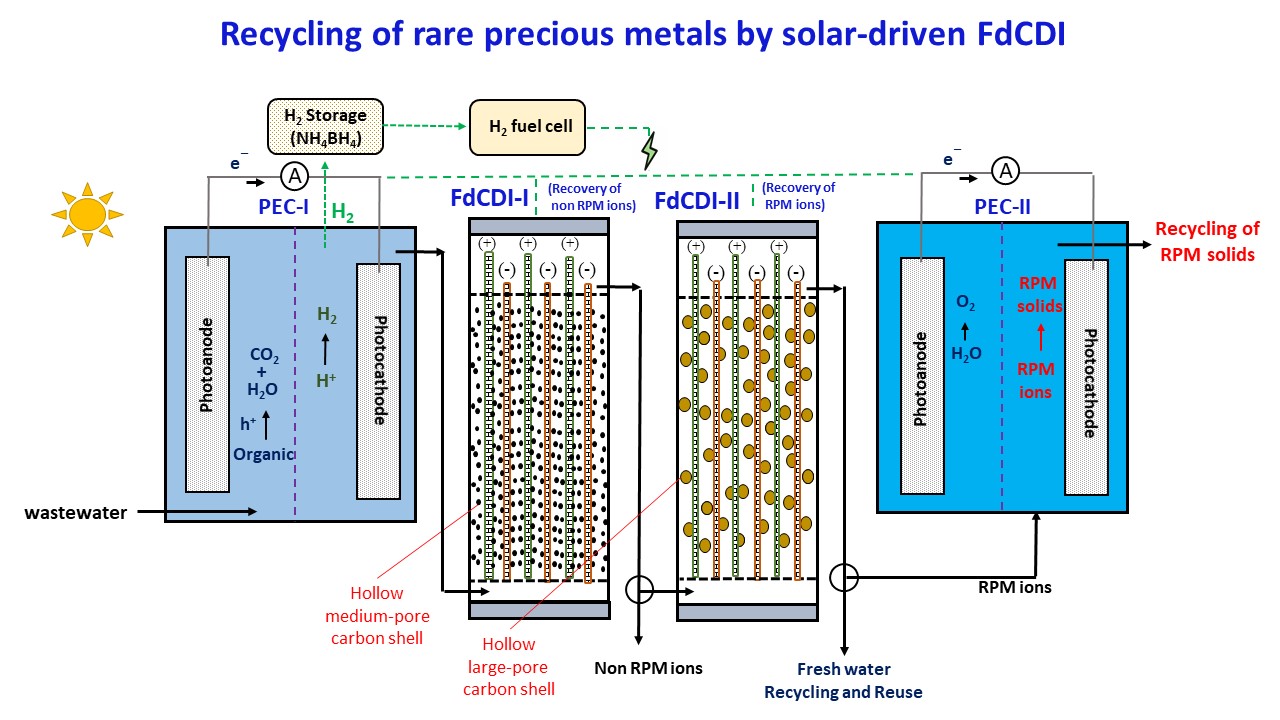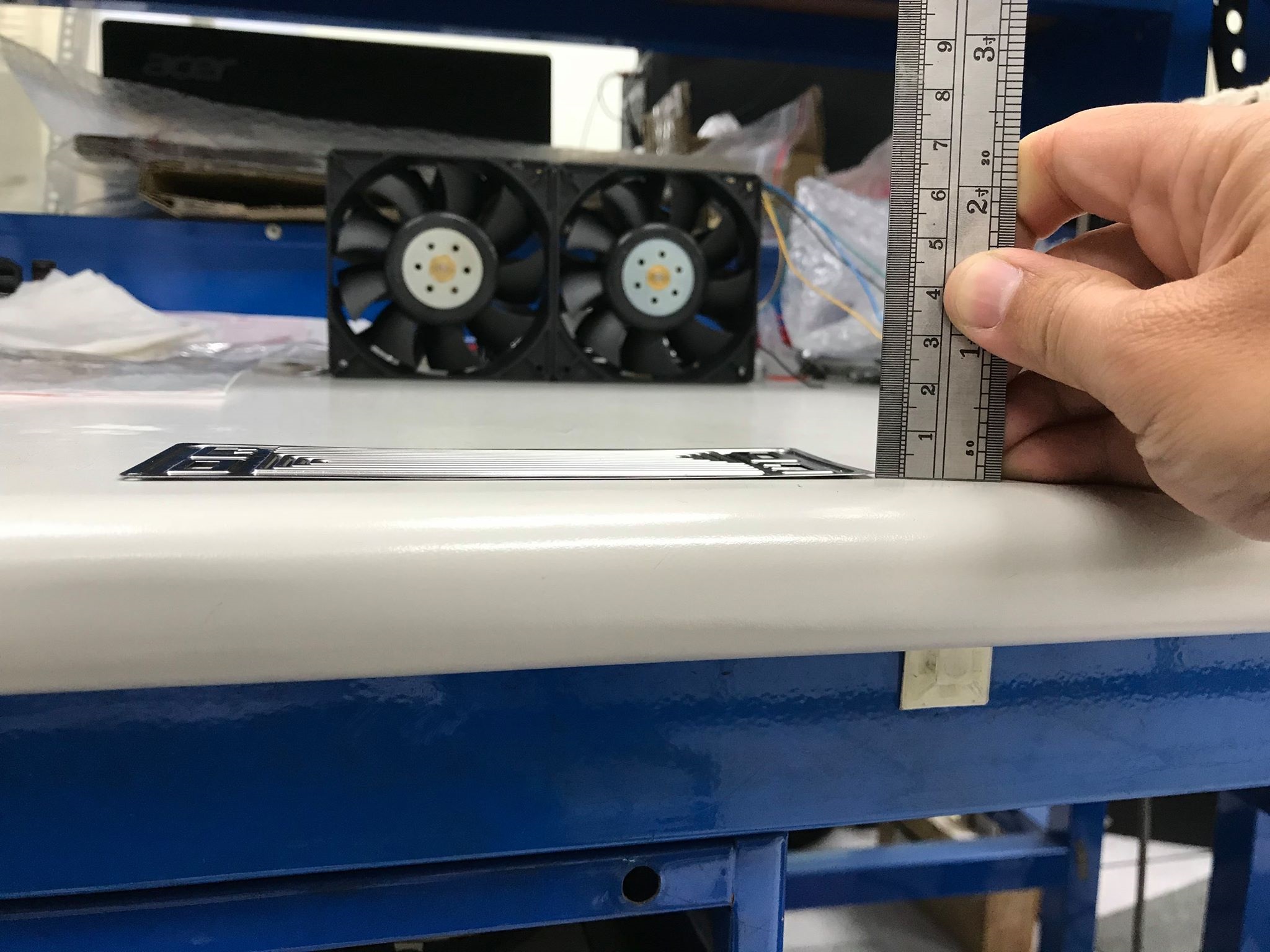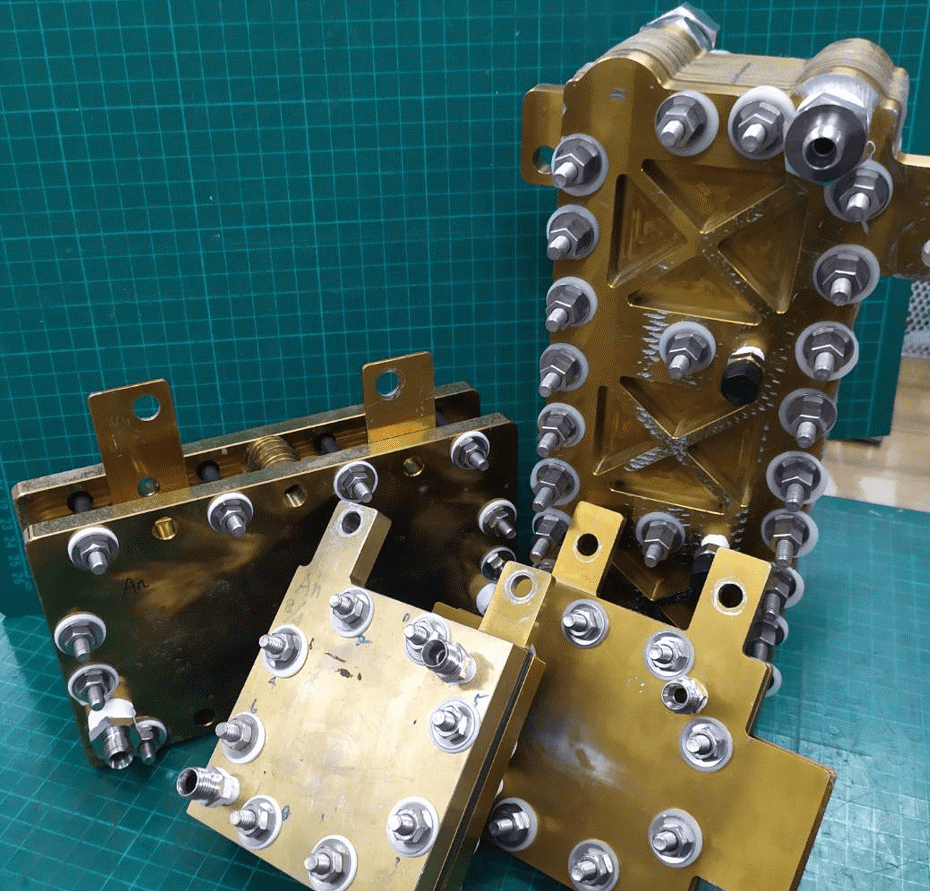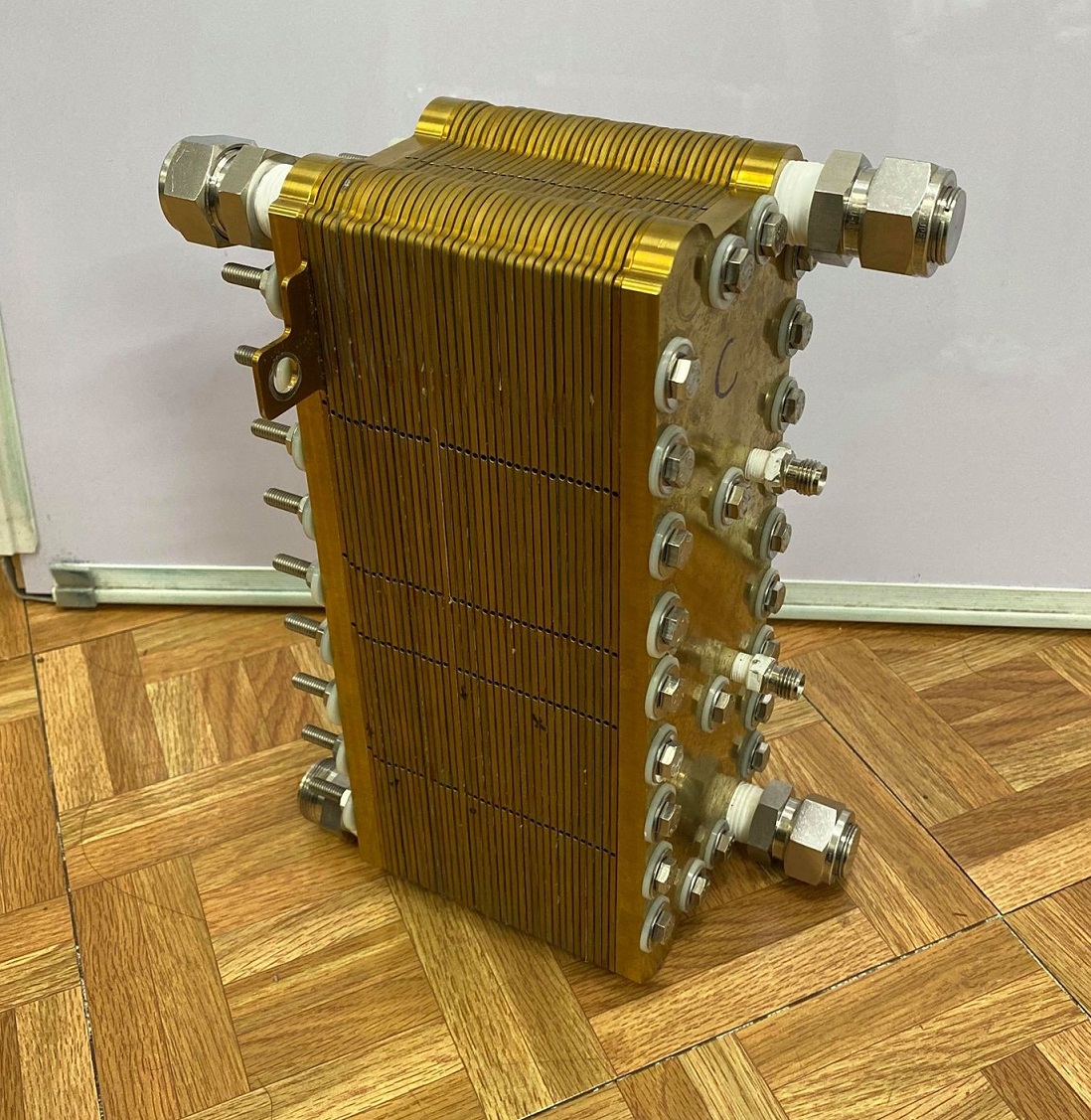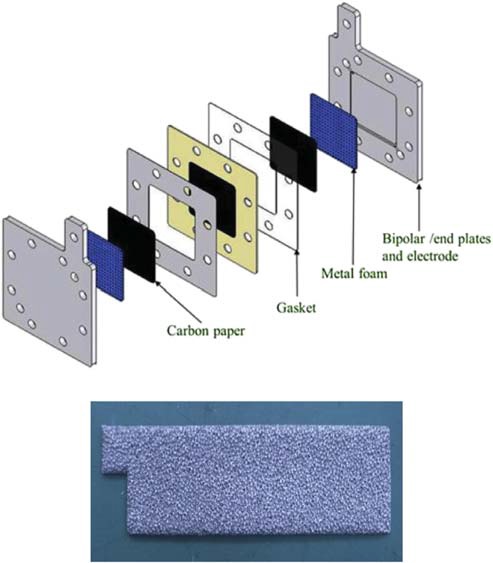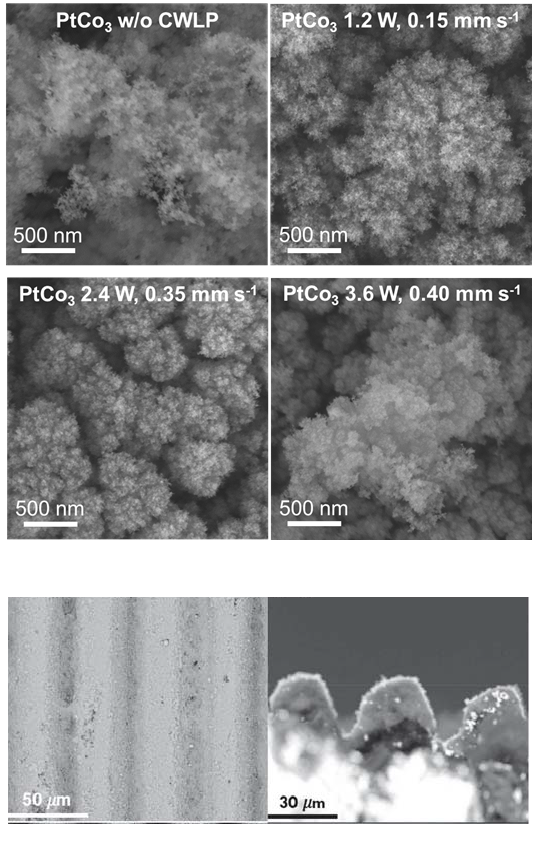| Technical Name | High performance proton exchange membrane fuel cell based on laser processed alloy catalyst technique and metal foam flow field bipolar plate with built-in water-cooling design | ||
|---|---|---|---|
| Project Operator | National Central University | ||
| Project Host | 曾重仁 | ||
| Summary | Proton exchange membrane fuel cell (PEMFC) is one of the most promising energy technologies in the near future. To enhance performance and reduce cost, we developed a novel laser-based technique for alloy catalyst and a metal foam flow field bipolar plate with built-in water-cooling. |
||
| Scientific Breakthrough | Compared with the conventional process, using the laser-based processes, we can reduce the Pt loading to 20 % for the same power output. After 5000 cycles of accelerated test, the PLD synthesized catalyst maintained 60% of the activity, while the traditional catalyst retained only 7%. |
||
| Industrial Applicability | We applied pulsed laser deposition to deposit nanoparticles as the catalyst on the gas diffusion layer electrode successfully. Also, the continuous-wave laser post-processing is employed for laser heat treating the electrode surface, and the alloy electrode nanostructure is successfully modified to improve the catalyst activity and durability. A laser is an indispensable tool for smart manufacturing in the future. In addition to the synthesis of catalyst electrode materials, the application of laser in fuel cells can also include bipolar plate cutting, flow channel carving, welding between electrode plates, flow channel surface modification. |
||
| Keyword | fuel cell laser process bipolar plate proton exchange membrane catalyst gas diffusion layer carbon paper metal foam hydrogen energy smart manufacturing | ||
- satb03@gmail.com
other people also saw

